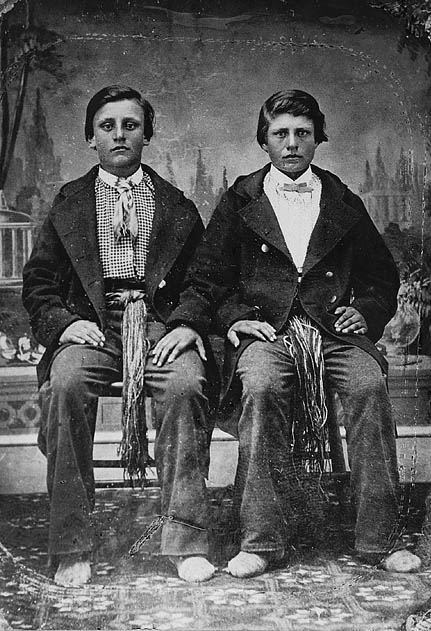
Cryptozoology
Cryptozoology is the scientific study of unknown animals about which only circumstantial, or at best insufficient, material evidence is available. Because these animals are unknown rather than monstrous, the term "cryptid "from the Greek kryptos, meaning "hidden," introduced in 1985 by Canadian cryptozoologist John Wall, has gradually replaced "monster" in their description. Cryptids are reported from many parts of the world in local folklore and explorers' reports. Widely known examples include still-mysterious creatures such as the Loch Ness "monster" in Scotland and the Abominable Snowman of the Himalayas; giant varieties of known animals (squids, octopus); and creatures usually thought to be extinct, such as the Mokele-Mbembe, a dinosaurlike animal reported from equatorial Africa.
In Canada, there have been numerous reports of land, lake and sea cryptids. Giant, hairy wild men appear in native folklore under a variety of names: WINDIGO among the Cree and Ojibwa of the Hudson Bay area, Chenoo to the Mi'kmaq of Nova Scotia, Tornit to the Inuit of Labrador and Nunavut. Best known through its giant footprints, recent visual sightings and even a film is the SASQUATCH, which roams the mountainous areas of BC and Alberta as well as those of the western US, where it is called Bigfoot. There are also reports among the Tutchone of the Yukon Territory of a creature similar to the South American giant ground sloth, known locally as the beaver-eater because it rips open beaver lodges to devour the inhabitants.
Unidentified lake creatures are claimed to hide in many Canadian lakes. OGOPOGO in Lake Okanagan, BC, Champ in Lake Champlain and Memphré in Lac Memphrémagog, Qué, are most often reported. Similar creatures (often horse-headed and serpentine) have been reported from Lake Utopia, NB, Lac Pohénégamook, Qué, and Lake MANITOBA, and other areas.
Strandings of giant squids (up to 15 m) in Newfoundland, particularly on the shores of the Bonavista Peninsula, provided essential material evidence to remove the giant squid from the realm of marine folklore and the ranks of cryptids and elevated it to the accepted zoological genus Architeuthis. Early explorers of Atlantic shores described an elusive Cheval-de-Mer. A large serpentine creature, up to 30 m in length and fitting the description of the great sea serpent seen by hundreds of witnesses in Massachusetts Bay in the 19th century, has also been spotted occasionally off Canada's Atlantic coast. The best documented, although still cryptic, unidentified marine creature seen in Canadian waters is the long-necked, horse-headed creature seen in BC waters. It is known as Cadborosaurus (for Cadboro Bay, near Victoria, BC), or Caddy for short. Caddy's presence is suggested by pre-contact local artifacts, hundreds of eye-witness reports and authenticated photos of a carcass (unfortunately not preserved) found in the stomach of a whale in 1937.
Cryptozoologists seek and interpret evidence either to confirm the existence of cryptids or to relegate them definitively to the realm of fantasy or erroneous interpretation. The field attracts natural scientists, anthropologists and folklorists as well as anyone interested in the mysteries of the animal world. The BC Scientific Cryptozoology Club brings together a large group of amateurs of the subject.

 Share on Facebook
Share on Facebook Share on X
Share on X Share by Email
Share by Email Share on Google Classroom
Share on Google Classroom


